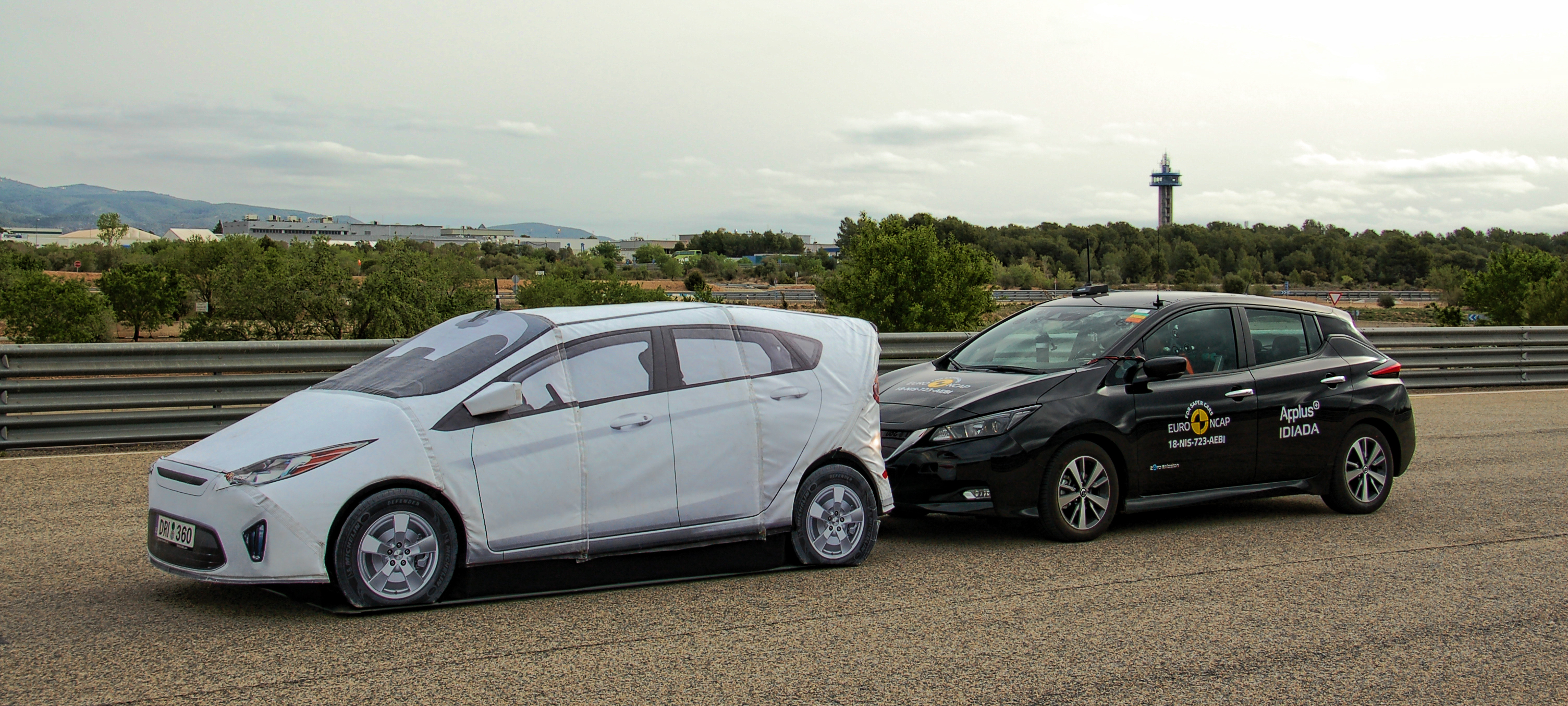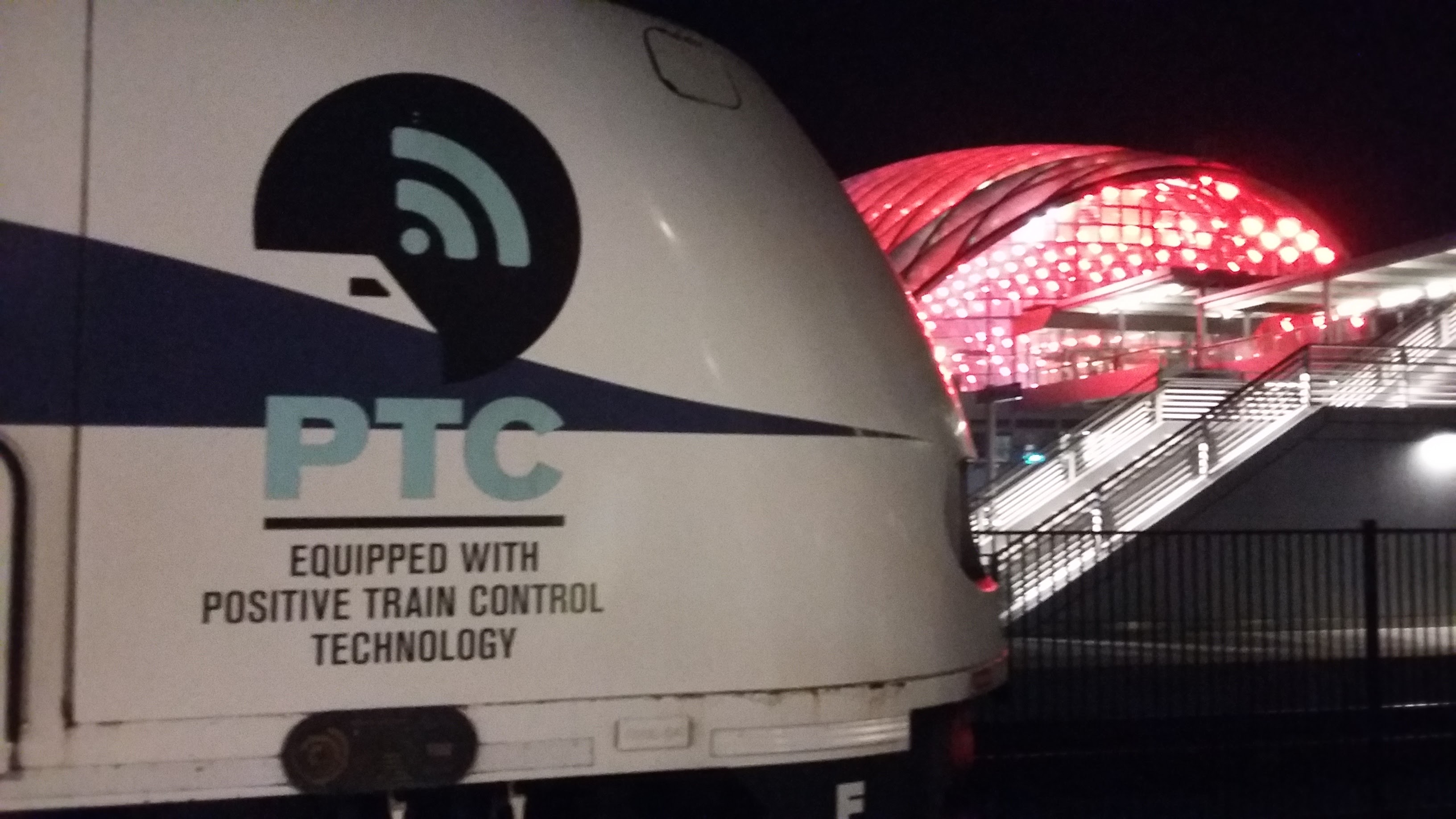|
Collision Avoidance In Transportation
In transportation, collision avoidance is the maintenance of systems and practices designed to prevent vehicles (such as aircraft, motor vehicles, ships, cranes and trains) from colliding with each other. Examples include: * Airborne collision avoidance systems for aircraft * Automatic Identification System for collision avoidance in water transport * Collision avoidance (spacecraft) * Collision avoidance system in automobiles Saturday, July 4, 2020 * Positive train control * Tower Crane Anti-Collision Systems See also * Contention (telecommunications) In statistical time division multiplexing, contention is a media access method that is used to share a broadcast medium. In contention, any computer in the network can transmit data at any time (first come-first served). This system breaks down ... References Collision {{transport-stub ... [...More Info...] [...Related Items...] OR: [Wikipedia] [Google] [Baidu] |
Airborne Collision Avoidance Systems
An airborne collision avoidance system (ACAS, usually pronounced as ''ay-kas'') operates independently of ground-based equipment and air traffic control in warning pilots of the presence of other aircraft that may present a threat of collision. If the risk of collision is imminent, the system initiates a maneuver that will reduce the risk of collision. ACAS standards and recommended practices are mainly defined in annex 10, volume IV, of the Convention on International Civil Aviation. Much of the technology being applied to both military and general aviation today has been undergoing development by NASA and other partners since the 1980s. A distinction is increasingly being made between ACAS and ASAS (airborne separation assurance system). ACAS is being used to describe short-range systems intended to prevent actual metal-on-metal collisions. In contrast, ASAS is being used to describe longer-range systems used to maintain standard ''en route'' separation between aircraft ( hor ... [...More Info...] [...Related Items...] OR: [Wikipedia] [Google] [Baidu] |
Aircraft
An aircraft is a vehicle that is able to flight, fly by gaining support from the Atmosphere of Earth, air. It counters the force of gravity by using either Buoyancy, static lift or by using the Lift (force), dynamic lift of an airfoil, or in a few cases the Powered lift, downward thrust from jet engines. Common examples of aircraft include airplanes, helicopters, airships (including blimps), Glider (aircraft), gliders, Powered paragliding, paramotors, and hot air balloons. The human activity that surrounds aircraft is called ''aviation''. The science of aviation, including designing and building aircraft, is called ''aeronautics.'' Aircrew, Crewed aircraft are flown by an onboard Aircraft pilot, pilot, but unmanned aerial vehicles may be remotely controlled or self-controlled by onboard computers. Aircraft may be classified by different criteria, such as lift type, Powered aircraft#Methods of propulsion, aircraft propulsion, usage and others. History Flying model craft an ... [...More Info...] [...Related Items...] OR: [Wikipedia] [Google] [Baidu] |
Collision Avoidance (spacecraft)
Spacecraft collision avoidance is the implementation and study of processes minimizing the chance of orbiting spacecraft inadvertently colliding with other orbiting objects. The most common subject of spacecraft collision avoidance research and development is for human-made satellites in geocentric orbits. The subject includes procedures designed to prevent the accumulation of space debris in orbit, analytical methods for predicting likely collisions, and avoidance procedures to maneuver offending spacecraft away from danger. Orbital speed around large bodies (like the Earth) is fast, resulting in significant kinetic energy being involved in on-orbit collisions. For example, at the Low Earth orbital velocity of ~7.8 km/s, two perpendicularly colliding spacecraft would meet at ~12.2 km/s. Almost no known structurally solid materials can withstand such an energetic impact. Most of the satellite would be instantly vaporized by the collision and broken up into myriad pieces ejected at ... [...More Info...] [...Related Items...] OR: [Wikipedia] [Google] [Baidu] |
Collision Avoidance System
A collision avoidance system (CAS), also known as a pre-crash system, forward collision warning system, or collision mitigation system, is an advanced driver-assistance system designed to prevent or reduce the severity of a collision. In its basic form, a forward collision warning system monitors a vehicle's speed, the speed of the vehicle in front of it, and the distance between the vehicles, so that it can provide a warning to the driver if the vehicles get too close, potentially helping to avoid a crash. Various technologies and sensors that are used include radar (all-weather) and sometimes laser (LIDAR) and cameras (employing image recognition) to detect an imminent crash. GPS sensors can detect fixed dangers such as approaching stop signs through a location database. Pedestrian detection can also be a feature of these types of systems. Collision avoidance systems range from widespread systems mandatory in some countries, such as autonomous emergency braking (AEB) in t ... [...More Info...] [...Related Items...] OR: [Wikipedia] [Google] [Baidu] |
Automobile
A car or automobile is a motor vehicle with wheels. Most definitions of ''cars'' say that they run primarily on roads, seat one to eight people, have four wheels, and mainly transport people instead of goods. The year 1886 is regarded as the birth year of the car, when German inventor Carl Benz patented his Benz Patent-Motorwagen. Cars became widely available during the 20th century. One of the first cars affordable by the masses was the 1908 Model T, an American car manufactured by the Ford Motor Company. Cars were rapidly adopted in the US, where they replaced animal-drawn carriages and carts. In Europe and other parts of the world, demand for automobiles did not increase until after World War II. The car is considered an essential part of the developed economy. Cars have controls for driving, parking, passenger comfort, and a variety of lights. Over the decades, additional features and controls have been added to vehicles, making them progressively more comple ... [...More Info...] [...Related Items...] OR: [Wikipedia] [Google] [Baidu] |
Positive Train Control
Positive train control (PTC) is a family of automatic train protection systems deployed in the United States. Most of the United States' national rail network mileage has a form of PTC. These systems are generally designed to check that trains are moving safely and to stop them when they are not. A simplistic form of train traffic governance is ''negative'' train control, where trains must stop when issued a stop order and can move in the absence of such. An example of negative train control is Indusi. In contrast, ''positive'' train control restricts the train movement to an explicit allowance; movement is halted upon invalidation. A train operating under PTC receives a ''movement authority'' containing information about its location and where it is allowed to safely travel. As of 2019, the U.S. freight rail industry trade organization AAR claimed that the nation's largest freight railroads were operating PTC across 83.2 percent of the required route miles. The American Railwa ... [...More Info...] [...Related Items...] OR: [Wikipedia] [Google] [Baidu] |
Contention (telecommunications)
In statistical time division multiplexing, contention is a media access method that is used to share a broadcast medium. In contention, any computer in the network can transmit data at any time (first come-first served). This system breaks down when two computers attempt to transmit at the same time. This is known as a collision. To avoid collisions, a carrier sensing mechanism is used. Here each computer listens to the network before attempting to transmit. If the network is busy, it waits until network quiets down. In carrier detection, computers continue to listen to the network as they transmit. If computer detects another signal that interferes with the signal it is sending, it stops transmitting. Both computers then wait for a random amount of time and attempt to transmit. Contention methods are most popular media access control method on LANs. Collision detection and recovery One method to handle collisions in a contention based system is to optimize collision detection an ... [...More Info...] [...Related Items...] OR: [Wikipedia] [Google] [Baidu] |



